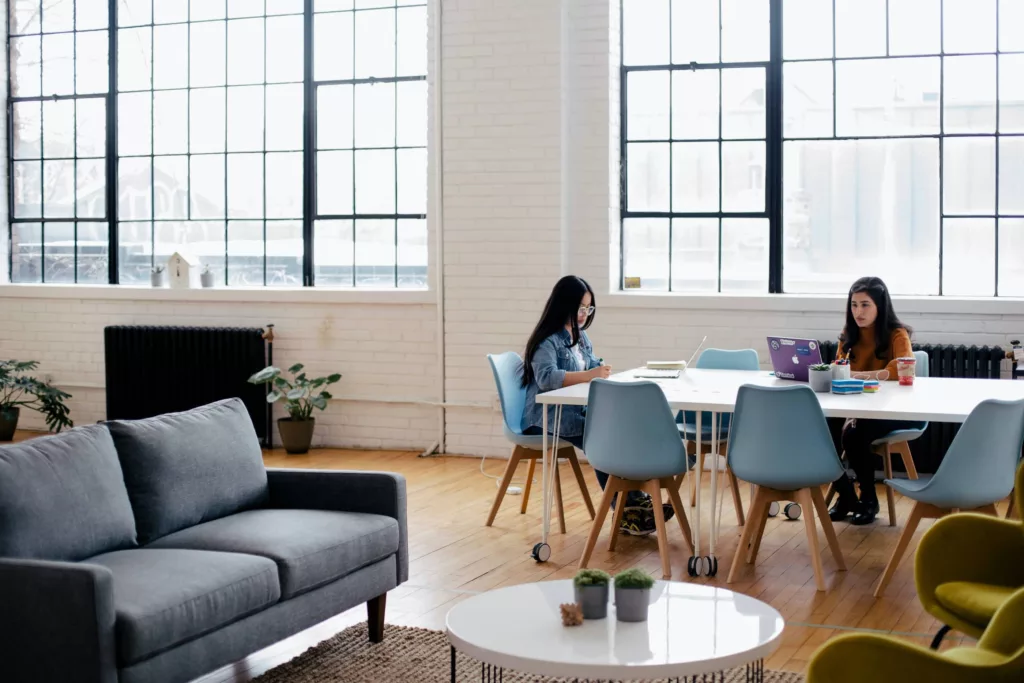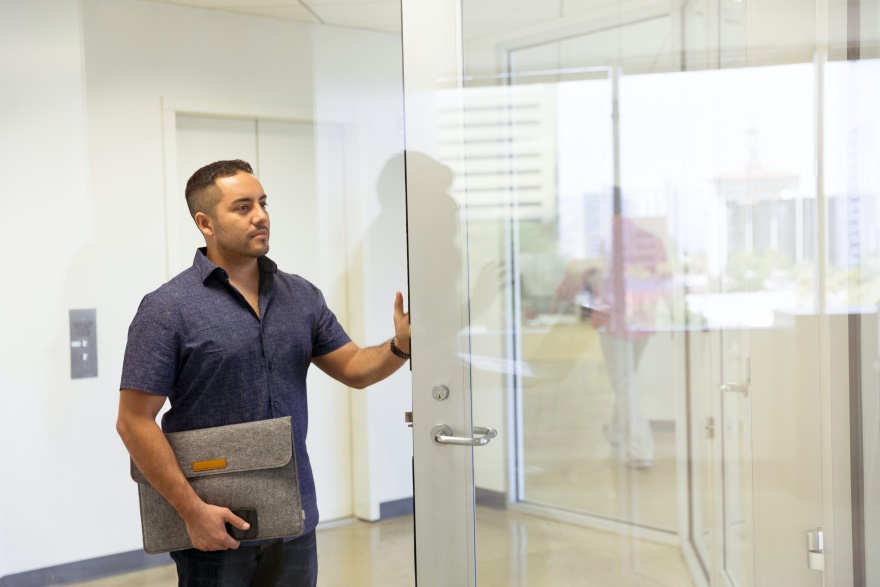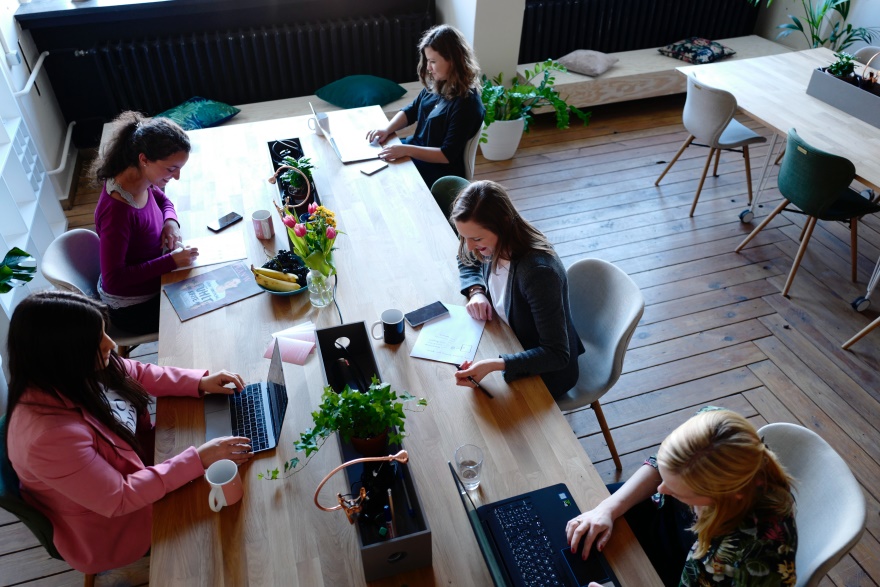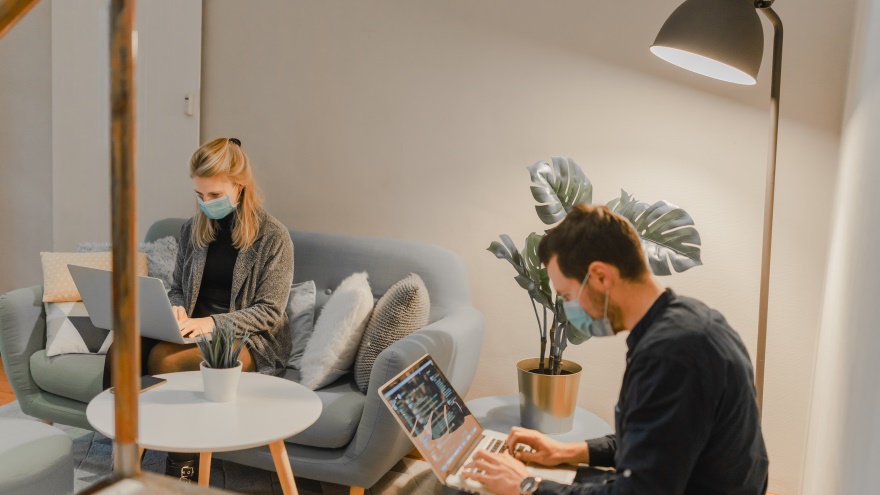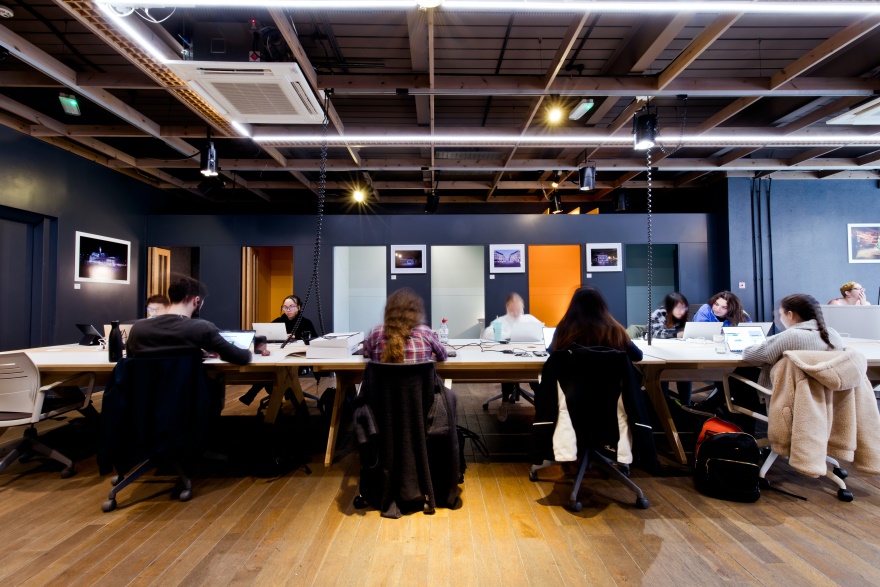For organizations looking to be cost-effective, optimizing the office space has become more important than ever. With more employees working from home, the need to have a one-to-one employee-to-desk ratio is no longer economically viable. To make your office space profitable, you need to get a desk booking system to track utilization.
Real estate is getting expensive. Consider this – In a prime location like central London, the cost of desk space is £14.5K per annum. Costs are similar in other prime business district locations around the world. If you are in charge of the office space, you need to figure out how to optimize the space that is being used as office rent contributes significantly to the operating expense of the business.
With the hybrid work model gaining in popularity and accelerated by the pandemic, the same employee is not seated at the same desk all the time. The modern employee works at different desks depending on their need and who they are working with. The age old method of permanently assigning a desk to an employee is no longer a productive and profitable option for the business. The dynamic nature of work has created a need to measure and manage the office space utilization closely. Given the low utilization of the office space, a means of tracking this using technology has become imperative.
A solution is to implement a desk booking system for the office. A desk booking system comprises of software, mobile app and associated technologies such as sensors to provide a complete and holistic view of the space usage in the office.
A desk booking system allows employees to book the desk when they choose to come to office for work. Using the desk booking system, organizations can not only track usage but pro-actively control the space using business rules.
There are several benefits to have a desk booking system in your office. However, here we talk about the desk utilization in specific and how it impact the bottom-line of the office.
Calculating the desk utilization rate
The desk booking system provides your employees with an app on their mobile phones that presents the office layout with all the desks marked. Employees use the app to book a desk before they come to the office. When they arrive at the office, they can scan the QR code pasted on the desk with their mobile phones to check-in. And when they are done with their work, they can release the desk by checking out using the same app. The desk booking system records the data on how every desk in your office is being used. Also, if connected to sensors, it can provide accurate, real-time data on occupancy. This data helps you understand how different employees are using the same desk, when they are checking in, how long they are using it, peak usage times and more.
How does this help?
The desk booking system helps you hit the sweet spot between the number of desks you have in your office and the number of your employees. Say, for example, if you have 100 employees, you actually don’t need 100 desks. This is because your employees follow the hybrid work model – partly working from the office and partly working from home.
The desk booking system will tell you that your employees are working two and a half days from the office. When 50 of your employees are working from the office, the other 50 are working from home and vice versa. So, you can do with 50 desks for your 100 employees. This helps you save on costly real estate, thus positively enhancing profitability by reducing expenses.
When your desk utilization is data-driven, it gives you the power to plan and create your office space in a way that meets the needs of your employees.
For example, you will know which team members like to book desks in a quiet parts of the office so that they can work without being distracted or which of your employees book desks near each other so that they can collaborate. Also, you can analyze which desks are most preferred and what amenities that they have. As a result, those favored amenities can be incorporated in other desks to increase utilization and reduce the demand for specific desks with only those amenities.
If you understand how well your office space is being used, it will help you manage density – that is the number of desks available for each employee. Too many people in a particular space in the office can be uncomfortable. So, if you have insight into the problem, uncovered by the desk booking system, you can re-purpose the office space to distribute the density more evenly.
Ghost bookings are another bane to the effective usage of the office space. Ghost bookings where employees book desks but don’t occupy them. This can cause confusion and lost opportunity for those who really need to use the desk. Also, sometimes employees occupy desks without booking, which can be a nuisance for those wanting to book those particular desks. Both these problems cost time, reduced productivity and are a hassle for those employees who need those desks. Sensors can step-in to provide insight into the occupancy and there by revealing inefficient usage of desks.
Check-in requirements for desk bookings will also show if a desk that has been booked is being used or not. Ecobook will automatically release the desk if nobody has checked in to it. This will free up those desks for others to book thereby increase utilization.
Summing Up
You can save money by using a desk booking system. It helps to provide clarity over the usage of the space while bringing in controls to ensure that the space is efficiently used. When the office space is efficiently used, management will be able to have a clear picture of future space needs depending on the growth of the organization or planning for future space occupancy.
If you are interested to know how to implement a desk booking system in your office, please read this article.
Implementing Desk Booking In Your Office.
